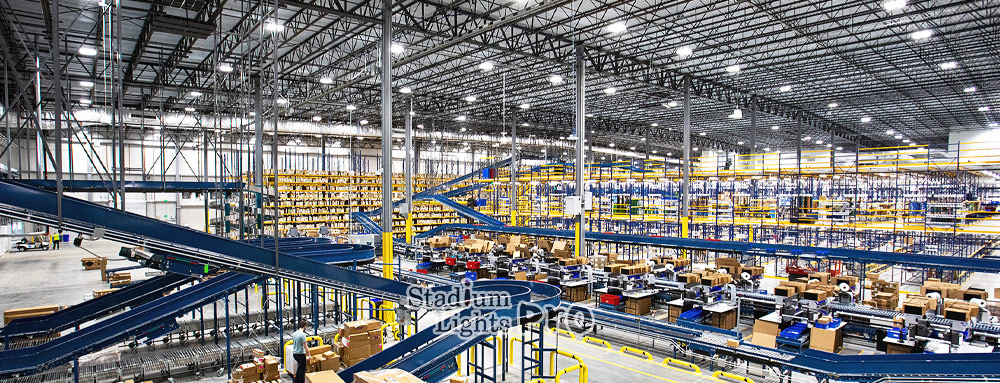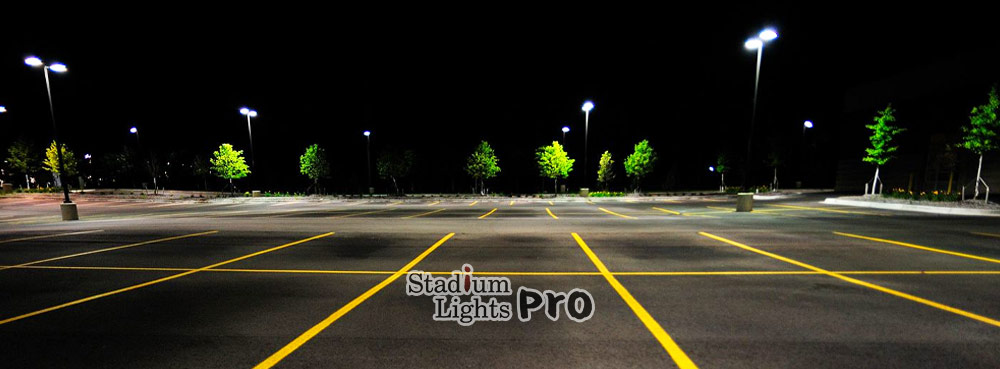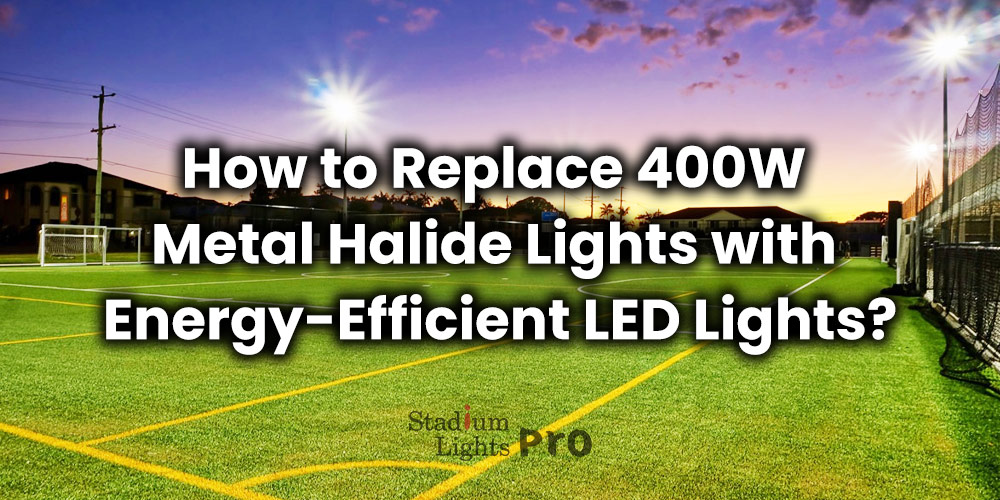In recent years, there has been a significant shift towards energy-efficient lighting solutions. One of the most impactful transitions has been the replacement of traditional high-energy-consuming light sources, such as 400W metal halide lights, with modern LED lights. Not only do LED lights offer better energy efficiency, but they also provide improved light quality, longer lifespan, and reduced maintenance costs.
Table of Contents
ToggleUnderstanding the need for replacement
Metal halide lights, while widely used in various commercial and industrial settings for their powerful illumination, come with their share of drawbacks. These lights are notorious for their high energy consumption, short lifespan, and significant heat output. Moreover, they require a warm-up time before reaching their full brightness, which can impact productivity in settings that demand immediate illumination. The need to reduce energy consumption and operating costs has spurred the search for alternative lighting solutions that offer superior efficiency and performance.
Benefits of LED lights
LED (Light Emitting Diode) lights have revolutionized the lighting industry with their numerous advantages over traditional lighting technologies. LED lights are highly energy-efficient, converting a larger portion of electrical energy into visible light rather than heat. This inherent efficiency leads to substantial energy savings, often reaching up to 50-70% compared to metal halide lights. Besides, LED lights have an impressive lifespan, lasting up to 80,000 to 150,000 hours or more, depending on the quality of the LEDs and their usage patterns. This longevity significantly reduces maintenance costs and the need for frequent replacements.
What is the required lumen output of LED lights to replace 400W metal halide lights?

Lumens are a measurement of the total amount of visible light emitted by a light source. When transitioning from metal halide (MH) to LED lighting, the goal is to achieve similar or better illumination levels while reducing energy consumption. To determine the lumen output needed for your LED replacement, we can consider the following.
Initial lumen output of metal halide (MH)
At the heart of the luminance tale lies the inaugural radiance of a 400W metal halide bulb. This luminary powerhouse typically unveils an initial luminous dance of around 36,000 to 40,000 lumens when first ignited. This luminal extravaganza crystallizes the brightness of the MH light in its nascent state, casting a vivid radiance that dazzles upon inception.
Lumen depreciation
However, time’s influence unfurls a transformative journey for MH lights. Lumen depreciation steps onto the stage, signaling a gradual dimming as these lights age. An illuminating reminder, this phenomenon underscores that the vibrancy of MH lights dims as they mature. After enduring a few thousand hours of purposeful illumination, these lights might only radiate a mere 50-70% of their original lumens, veiling their once-blazing intensity in a cloak of gradual decline.
Maintaining or improving illuminance
In the luminance metamorphosis from MH to LED, preserving or enhancing illuminance stands as a guiding principle. As you select LED fixtures to eclipse their MH predecessors, ensuring that the LED counterparts at least match, if not surpass, the illuminance of the MH bulbs is paramount. In most cases, the torchbearers of this luminal evolution come in the form of 150W to 200W LED fixtures. These luminous champions effortlessly traverse the distance to meet or even exceed the inaugural brilliance of a 400W MH light, effortlessly illuminating their surroundings with renewed radiance.
Factors to consider for lumen conversion

Application and space
In your quest to bridge the luminance gap between 400W metal halide (MH) lights and LED alternatives, remember that the purpose and nature of the space at hand hold paramount significance. Diverse settings, such as an expansive industrial warehouse, a sprawling parking lot, or a bustling office space, necessitate varying levels of luminosity. Delve into recommended illuminance standards pertinent to your application for a clearer grasp of the precise lumens needed for the transition. Matching the lighting intensity with the intended use is pivotal for a successful lumen conversion.
Mounting height
Elevating the level of scrutiny, the height at which luminaries are installed emerges as a critical consideration. This elevation profoundly impacts light dispersion and coverage. Environments characterized by elevated mounting heights pose a challenge in achieving uniform illumination throughout the area. Elevating your understanding of mounting height can guide your choice of LED fixtures equipped with the requisite lumen output to effectively light up lower regions. Attending to mounting height ensures well-balanced and purposeful lighting distribution.
Light distribution
Diving further into the intricacies, the variability in beam angles of LED fixtures assumes significance. The geometry of your space guides the dispersion of light, urging contemplation of fixtures with divergent beam angles. By strategically employing LED fixtures with distinct beam angles, light distribution can be harmonized to ensure a consistent, all-encompassing luminance. This step amplifies the efficiency of your lumen conversion, with every nook and cranny bathed in appropriate illumination.
Desired lighting quality
The narrative of luminance extends beyond sheer brightness, encompassing the captivating aspect of lighting quality. Essential components—like color temperature and color rendering index (CRI)—infuse depth into the luminous equation. Color temperature, the warm or cool hue of the light, sets the tone and ambiance of the space. Moreover, CRI influences how colors are faithfully depicted under the light’s influence. Aligning LED lighting to your desired spatial aesthetic and functional requisites harmonizes lighting quality with your vision.
Energy efficiency goals
In your endeavor to transition from 400W metal halide to LED lighting, the overarching theme of energy efficiency unfurls. Beyond meeting or exceeding luminance requirements, the embrace of LEDs hinges on their capacity to curtail energy consumption. Central to this ethos is selecting LED fixtures with the lowest feasible wattage while satiating lighting prerequisites. Striking this balance optimally realizes the dual objectives of illuminance and energy savings, encapsulating the essence of the 400W lumens-to-LED conversion.
In a convergence of thoughtful considerations, converting 400W metal halide lumens to LED counterparts emerges as an intricate art. Guided by keywords like 400W lumens, converting 400W MH to LED, and relevant luminance-related terms, this journey encapsulates meticulous evaluation of space, mounting heights, light distribution, lighting quality, and energy-consciousness. Balancing these factors cultivates an environment where luminance seamlessly meets efficiency and aesthetics, underscoring the transformative potential of the LED era.
To determine the precise lumen conversion for your specific situation, it’s advisable to seek professional assistance. Lighting professionals or manufacturers can perform lighting audits and calculations based on the unique characteristics of your space. They can recommend the most suitable LED fixtures with the appropriate lumen output to ensure efficient and effective lighting.
Conclusion
Replacing 400W metal halide lights with energy-efficient LED lights is a wise investment that offers long-term benefits in terms of energy savings, improved lighting quality, and environmental responsibility. When replacing 400W metal halide lights with LED lights, aim for LED fixtures with a lumen output range of approximately 15,000 to 20,000 lumens as a starting point. However, always consider the specific requirements of your space, including its purpose, mounting height, and desired lighting quality, and consult with experts to determine the most accurate lumen conversion for your needs.
Feel free to reach out to us if you require additional information regarding the replacement of 400W metal halide lights. We’re here to assist you in any way we can.

